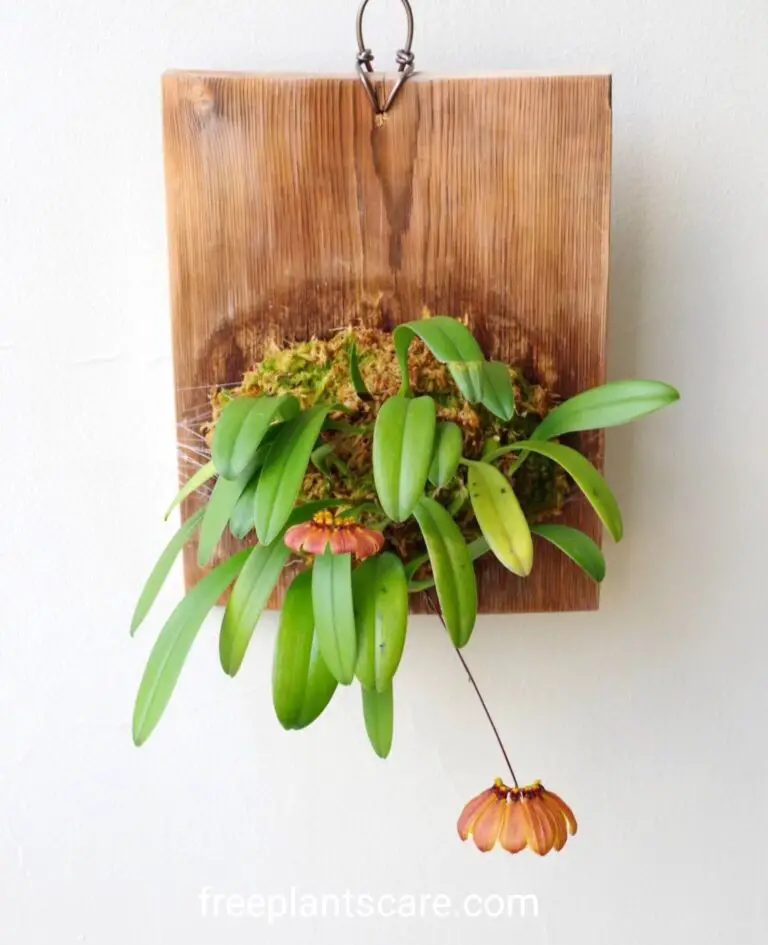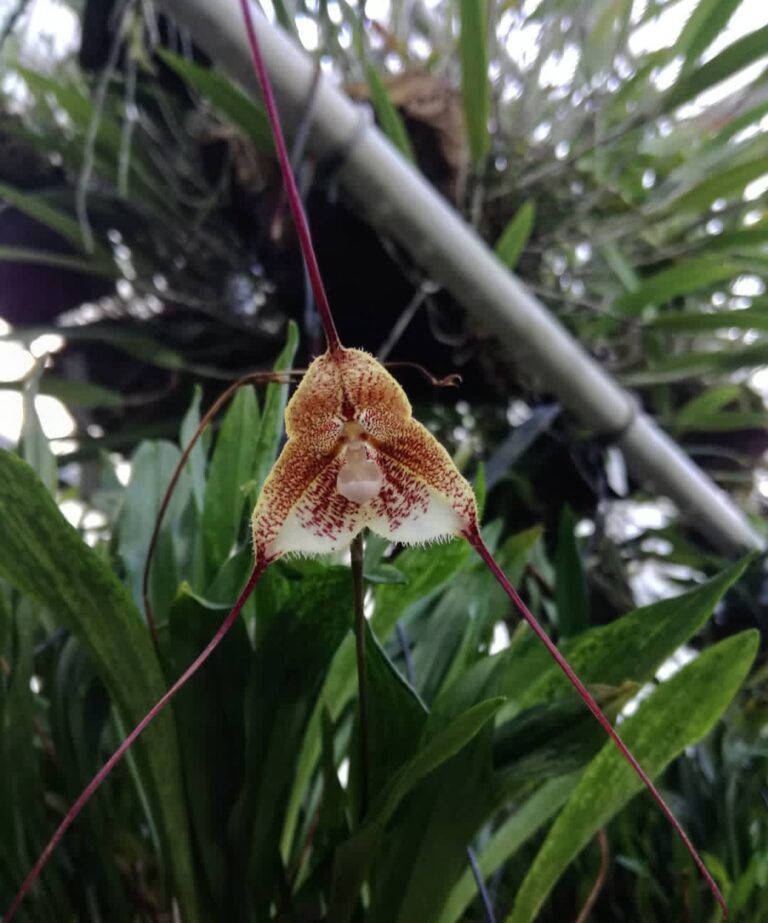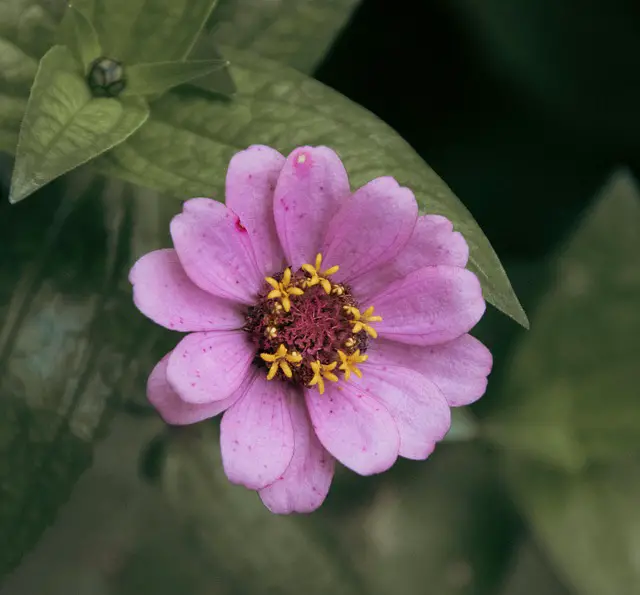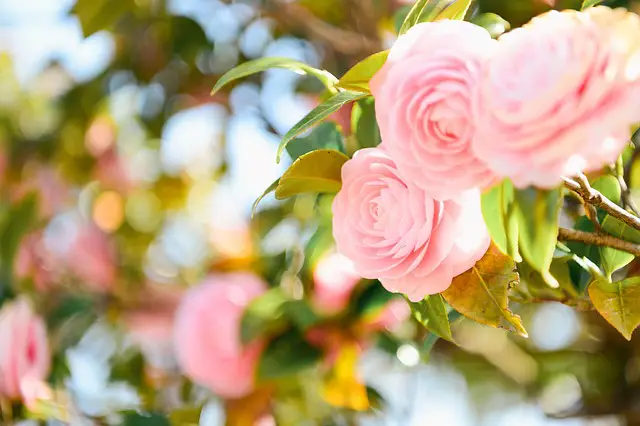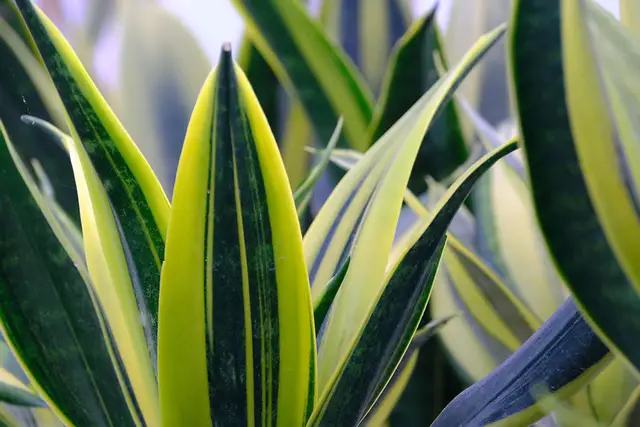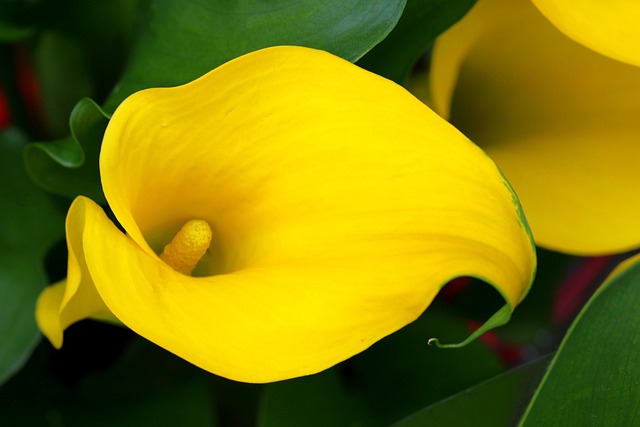Miniature roses may be small in size, but they deliver a big impact in any garden or home. These charming plants, often no taller than 12 to 18 inches, pack all the beauty and elegance of full-sized roses into a compact form. Whether you want to brighten up a windowsill, add color to a patio, or create a stunning border in your garden, mini roses are an excellent choice. Their delicate, perfectly formed blooms come in a variety of colors, from classic red and pink to vibrant yellows, oranges, and even bi-colored petals.
While mini roses are often sold as indoor plants, they are actually hardy, sun-loving plants that thrive best outdoors. Many gardeners mistakenly treat them as houseplants and struggle with issues like weak growth, leggy stems, and poor flowering. The key to keeping your miniature rose plant healthy and blooming year-round is understanding its needs—proper watering, sufficient sunlight, well-draining soil, and regular pruning.
Unlike their larger counterparts, mini roses require a bit more attention to detail, especially when grown in pots or small spaces. Overwatering, poor air circulation, and lack of nutrients can quickly lead to common rose problems such as black spot, powdery mildew, or pest infestations. However, with the right care routine, these small wonders can reward you with continuous blooms and lush foliage.
In this guide, we’ll cover everything you need to know about mini rose plant care, from choosing the right soil and potting mix to fertilizing, pruning, and troubleshooting common problems. Whether you’re a beginner or an experienced gardener, these tips will help you maintain a thriving, beautiful miniature rose plant that flourishes season after season. Let’s dive into the best practices for keeping your mini rose healthy and blooming!
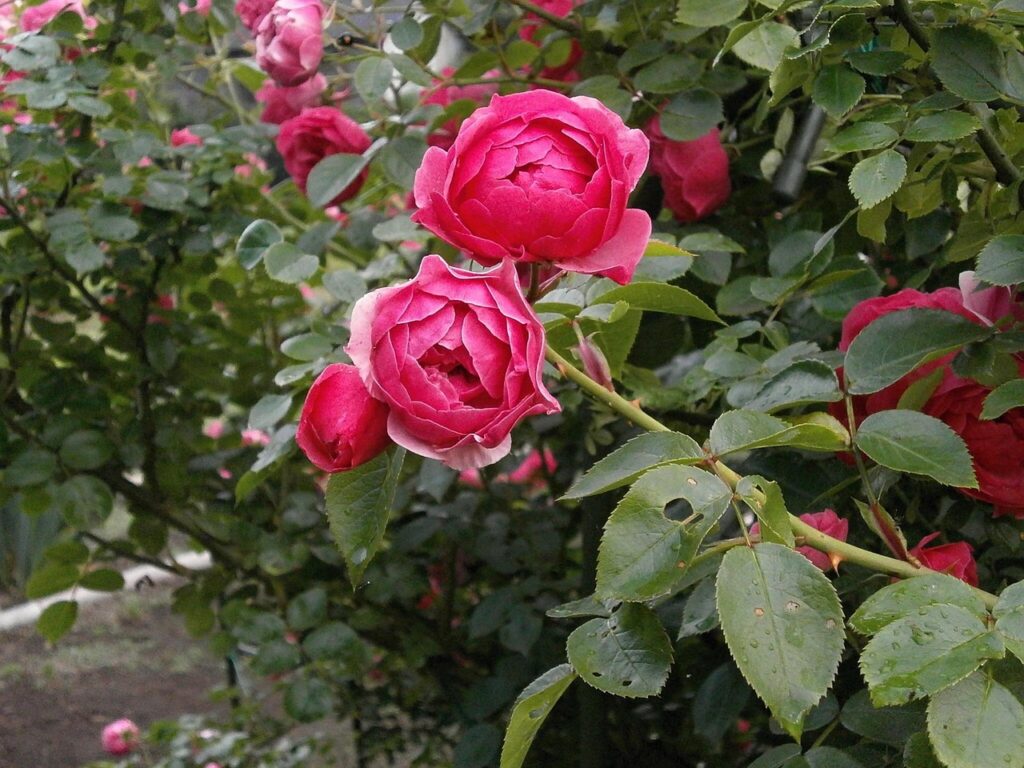
- 1 Understanding Mini Rose Plants
- 2 What Makes Mini Roses Unique
- 3 Popular Mini Rose Varieties
- 4 Indoor vs Outdoor Growing
- 5 Essential Growing Conditions for Mini Roses
- 6 To create the perfect spot for your mini roses, consider these important factors:
- 7 Complete Mini Rose Plant Guide for Beginners
- 8 Soil Requirements
- 9 Watering Schedule
- 10 Fertilization Tips
- 11 Pruning and Maintenance Techniques
- 12 Common Pests and Diseases
- 13 Seasonal Care Requirements
- 14 Watch the temperature and adjust your care as needed
- 15 Propagation Methods for Mini Roses
- 16 Stem Cutting Techniques
- 17 Root Division Process
- 18 Container Growing and Repotting Tips
- 19 Here are some tips for repotting your mini roses:
- 20 Conclusion: Nurturing Your Mini Roses to Success
- 21 FAQS
Understanding Mini Rose Plants
Mini rose plants are small and produce tiny blooms. They’re great for tiny spaces like apartments or balconies. To keep them healthy, you need to water, fertilize, and prune them regularly.
These plants are special because they grow well in small areas. They need less care than big rose plants but still need regular upkeep. Some popular mini rose varieties are ‘Red Cascade’ and ‘Pink Beauty’, known for their bright colors and small blooms.
What Makes Mini Roses Unique
Mini roses are special because they’re small and have small blooms. They’re also easy to care for, making them perfect for beginners. With the right care, mini roses can do well indoors or outdoors.
Popular Mini Rose Varieties
Some popular mini rose varieties include:
‘Red Cascade’
‘Pink Beauty’
‘Yellow Sunshine’
Indoor vs Outdoor Growing
Mini rose plants can grow indoors or outdoors, depending on your preference. With the right care, they can thrive in many conditions. This makes them a great choice for adding beauty to any space.
Essential Growing Conditions for Mini Roses
For indoor rose gardening, the right environment is key. Mini roses need bright, indirect light and a temperature of 65-75°F (18-24°C). Good air circulation and humidity levels help prevent disease. For mini rose care outdoors, they need full sun to partial shade and well-draining soil.
To create the perfect spot for your mini roses, consider these important factors:
Bright, indirect light for indoor plants
Consistent temperature between 65-75°F (18-24°C)
Good air circulation and humidity levels
Full sun to partial shade for outdoor plants
Well-draining soil for outdoor plants
Understanding and meeting these growing conditions ensures your mini roses thrive. Whether indoors or outdoors, the right environment is crucial for their health and blooms.
The right mix of light, temperature, and soil is vital for your mini roses’ health and beauty. With proper indoor rose gardening or mini rose care, you can enjoy these lovely plants all year.
EnvironmentLightingTemperatureSoilIndoorBright, indirect65-75°F (18-24°C)Well-drainingOutdoorFull sun to partial shadeVariesWell-draining
Complete Mini Rose Plant Guide for Beginners
As a beginner, knowing the basics of mini rose care is key. To help your plants grow well, give them the right conditions. This means using soil that drains well and has a pH of 6.0-6.5.
It’s important to water your mini roses regularly but avoid too much water. This can cause root rot. A balanced watering schedule helps prevent this problem. Also, fertilizing your mini roses during the growing season is crucial. It helps them grow and bloom well.
Soil Requirements
Mini roses love soil that drains well and is rich in organic matter. You can make your own mix using peat moss, perlite, and vermiculite. This mix gives your roses the nutrients and drainage they need.
Watering Schedule
Watering your mini roses often is important, but don’t overdo it. Check the soil every day. Only water when the upper inch feels completely dry
Fertilization Tips
A significant component of tiny rose care is fertilisation. Apply a fertiliser that is balanced throughout the growth season. It promotes their growth and bloom. A fertiliser designed specifically for roses is another option. They get the nutrition they require to flourish from it.
Pruning and Maintenance Techniques
Proper rose plant pruning is key for your mini rose plants’ health. Regular pruning boosts growth, encourages blooms, and removes dead branches. To prevent the spread of illness, always use sharp, clean instruments.
As part of mini rose care, check your plants often for pests or disease. Act fast to stop infestations. Look out for:
Dead or damaged leaves and stems
Aphids and whiteflies are examples of pest indicators.
Discoloration or unusual growth patterns
Regular pruning and care keep your mini roses healthy and blooming. Prune during the dormant season. If unsure, seek advice on rose plant pruning or mini rose care.
With regular care, you’ll enjoy beautiful blooms and a thriving mini rose plant. Follow these tips and stay committed to mini rose care. You’ll become a successful mini rose grower.
Common Pests and Diseases
Mini roses face many pests and diseases that harm their looks and health. Spotting problems early is key. Look for signs like aphids, whiteflies, or black spot on your plants.
To fight pests, use rose plant pest control methods like neem oil and insecticidal soap. These natural solutions help stop disease spread. Also, good air flow and weeding can prevent infestations.
For mini rose disease prevention, keep things clean and provide the best growing conditions. Water at the base, avoid overhead watering, and remove sick leaves or stems. These steps help keep your roses healthy and vibrant.
Knowing about these issues and taking steps to prevent them lets you enjoy your mini roses. Regular checks and care are essential to keep your plants disease-free and thriving.
Seasonal Care Requirements
If you love mini roses, knowing how to care for them all year is key. In spring and summer, give them lots of water, food, and pruning. This promotes their robust growth and healthy bloom.It’s also a great time for rose plant repotting to help their roots grow.
In fall, cut back on water and food to get them ready for sleep. This helps them save energy and avoid damage from cold. When winter comes, keep them dry and warm to protect them. Good mini rose care in winter is important for a strong start in spring.
Watch the temperature and adjust your care as needed
Change how often you water based on the season and your plant’s needs
Prune your mini roses often to keep them healthy and blooming
By following these tips, you’ll become a pro at mini rose care. You’ll enjoy beautiful blooms all year.
Propagation Methods for Mini Roses
Mini rose care includes many techniques to keep these plants healthy and thriving. One exciting part is rose plant propagation. It lets you share plants with others or grow new ones for your garden. There are several methods, each with its own benefits and needs.
The timing for propagation is key. It’s best in spring or summer when mini roses are growing well. This is when they’re most likely to take root and grow fast.
Stem Cutting Techniques
Stem cutting is a common way to propagate mini roses. You take healthy stem cuttings and root them in a mix. It’s easy to do and needs little equipment. For success, use a mix that drains well and give the cuttings lots of light and water
Root Division Process
Root division is another way to propagate mini roses. You separate the roots of a mature plant to make new ones. It’s a bit more complex but can work well. To do it, gently remove the plant from its pot and split the roots into sections. Make sure each section has at least one growing eye.
By using these propagation methods and caring for your mini roses, you can have lots of beautiful flowers. You can also share your plants with others. Whether you’re new to gardening or experienced, propagation is a great way to grow your mini rose collection.
Propagation MethodBest TimeEquipment NeededStem CuttingSpring/SummerPotting mix, scissors, waterRoot DivisionSpring/SummerGloves, pot, soil
Container Growing and Repotting Tips
Container growing is a great way to grow mini roses. It lets you control the soil and ensure good drainage. Rose plant repotting is key, done every 2-3 years to refresh the soil and possibly move to a bigger pot.
Here are some tips for repotting your mini roses:
Choose a pot that’s only a bit bigger than the old one to avoid too much water.
Use a potting mix that drains well to prevent root rot.
Avoid overwatering, which can lead to root rot and other problems.
By following these tips, you can give your mini roses the best mini rose care. Repot them in a well-ventilated spot and handle the roots gently. With the right care, your mini roses will bloom beautifully for years.
Conclusion: Nurturing Your Mini Roses to Success
Starting your mini rose growing journey requires patience and dedication. With the right care, you’ll enjoy stunning blooms for years. Preventing diseases is crucial, so stay alert with your care routine.
This guide has given you the tools to create a beautiful mini rose garden. It’s a journey filled with growth and beauty. Let your mini roses thrive with your care.
FAQS
What are mini roses?
Mini roses are smaller versions of traditional roses, bred to stay compact while producing vibrant blooms. They are available in various colors and are commonly grown in pots or garden beds.
Can mini roses be grown indoors?
Yes, mini roses can be grown indoors, but they need bright light, preferably 6-8 hours of sunlight or a grow light. Good air circulation and humidity control are also essential for their health.
How often should I water my mini roses?
As soon as the top inch of soil becomes dry, little roses need to be watered. Root rot can result from wet soil, so avoid overwatering. Make sure potted plants are properly drained.
Do mini roses need fertilizer?
Yes, feed mini roses with a balanced fertilizer (10-10-10 or 20-20-20) every 2-4 weeks during the growing season to encourage healthy growth and abundant blooms.
How do I prune mini roses?
Prune mini roses to remove dead or weak stems, encourage new growth, and maintain shape. Regular deadheading (removing spent blooms) promotes continuous flowering.
Do mini roses need full sun?
Yes, mini roses thrive in full sun and require at least 6 hours of direct sunlight per day for optimal blooming
How do I prevent pests and diseases in mini roses?
Keep an eye out for pests like spider mites and aphids on your plants. In case you need it, use insecticidal soap. Avoid watering the leaves and maintain adequate air circulation to avoid fungal infections like powdery mildew.
Can mini roses survive winter outdoors?
Mini roses can survive winter if properly mulched and protected from harsh conditions. In colder zones, consider bringing potted mini roses indoors or placing them in a sheltered area.
How do I propagate mini roses?
Mini roses can be propagated through stem cuttings. Take a 4-6 inch cutting from a healthy plant, remove lower leaves, dip it in rooting hormone, and plant it in moist soil.
Why are my mini rose leaves turning yellow?
Overwatering, inadequate drainage, nutritional shortages, or pest infestations can all be indicated by yellowing leaves. Verify the soil’s moisture content, make sure it drains properly, and apply a balanced fertiliser if necessary.


